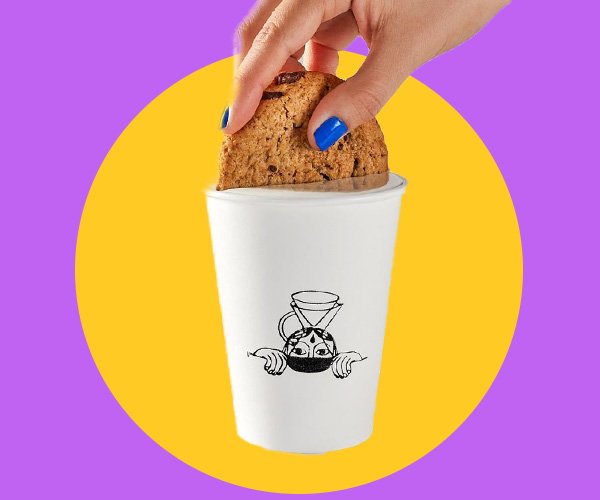Conversion is not the product of traffic alone, it’s the result of clarity, trust and ease. Features must do more than “exist” on the site. They must carry strategic weight and serve both the buyer and the business. Below are essential features of an e-commerce store which play an important part in the customer’s journey.
1. Customer Reviews with Optionality
Allowing users to leave reviews is baseline. A better question: what kind of reviews are you encouraging? Verified-only, star ratings, photos, video testimonials, or written narratives? Optionality matters because it shifts a review from a flat metric to a social proof engine. Let customers filter by rating or use case.
Prioritise prompts that guide quality feedback, not just quantity.
Additional insight: Reviews aren’t only for future buyers. They’re a form of live product feedback loop that can inform merchandising, pricing, and UX tweaks.
2. Cart Recovery
Abandoned cart emails often lean on urgency but recovery works better when it’s contextual. Did the user abandon because of cost, distraction, or decision fatigue? Recovery emails should offer varied entry points like price reminders, feature highlights, alternative products, or even a simple nudge to pick up where they left off.
Better yet: Use on-site triggers before abandonment happens. Exit intent popups, delayed discounts, or progress reminders can act preemptively.
3. Predictable Navigation
Predictability in navigation creates fluency. Customers need to feel like they understand the logic of the store layout intuitively. Sticky headers, category breadcrumbs, and clear labelling outperform clever design every time. The question isn’t whether it looks clean. It’s whether it reduces cognitive load.
Design must support momentum, not distract from it.
4. Checkout Flow
Every field on a checkout form is a decision point. Is it necessary? Could it be pre-filled? Does it appear at the right moment? Offer guest checkout, visible progress indicators, and immediate feedback on errors. Speed matters, but so does reassurance. Payment icons, shipping estimates, and trust badges should all be visible before the final click.
5. Wishlist and Save-for-Later
Too many stores see wishlists as passive features. In reality, they reveal intent, hesitation, and aspiration. Treat them as active data points. Use them to re-market specific items, cross-sell adjacent products, or alert when prices drop.
The real value lies in the pattern of what users save, not just the individual items.
6. Interactive Search
Search is not just a tool. It’s a data-gathering asset. Auto-complete, typo tolerance, filtering, and synonym recognition are basics. But the larger play is this: search logs reveal demand. Are customers looking for a product you don’t yet sell? Is there language mismatch between your taxonomy and theirs?
7. Clear Returns Policy Embedded in Flow
Don’t hide the return policy in the footer. Make it visible on product pages and reinforced in checkout. Customers perceive flexibility as confidence.
Transparency reduces risk perception and increases trust even if the return rate doesn’t change.
8. Live Chat or Smart Help
Live chat isn’t valuable because it’s live. It’s valuable when it appears in moments of doubt. Trigger it when customers stall on a size chart, hover over payment methods, or idle on shipping info. Help that anticipates earns more trust than help that reacts.
AI chatbots should be trained not just on FAQs but on product-specific objections and comparisons.
9. Personalised Cross-Selling
“Customers also bought” is not enough. Use contextual data: what have they browsed, what was in their cart before, what category did they land from? Cross-sell based on logic, not popularity. Think use-case bundling, not random association.
Every upsell should answer the question: “What would make this product work better for this person?”
10. Loyalty Programs
A loyalty program should reward behaviours that indicate long-term value like referrals, reviews, shares, wishlists, and repeat visits. Let customers earn status or benefits and make the rewards visible, attainable, and woven into the journey, not tucked away in a backend dashboard.
11. Coupons and Discount Codes
Discounting can boost short-term sales. Intelligent discounts reward behaviour like first-time visits, birthdays, referrals, or cart milestones.
Coupons should be easy to apply, visually confirmed at checkout.
12. Members Area
A members area should feel like a control panel for a customer’s relationship with your brand. It’s more than order history and saved addresses. It’s where personalisation gets compounded. Let customers track loyalty rewards, manage wishlists, access exclusive products, or tailor their communication preferences.
The members area can also serve as a testing ground for early product drops, beta programs, or insider perks.
13. Subscription Optionality
For high-ticket items or products that require ongoing care, parts, or replenishment, subscriptions can lower the barrier to entry and extend customer lifetime value. But the implementation matters. A poorly framed subscription feels like a trap. A well-framed one feels like flexibility.
Offer subscription as an option, not a default. Let customers preview cost savings, set delivery intervals, and pause or cancel without jumping through hoops. Especially for expensive or long-term purchases, the subscription shouldn’t be about frequency. It should be about ownership made simpler.
Second-order insight: Subscription isn’t about repeat billing. It’s about reducing future decision friction.
Every feature on your store should either build trust, reduce friction, or deepen engagement.
Now ask yourself:
- Which of these features are just functional, when they could be transformative?
- Where are you assuming that optionality equals complexity?
- What would it look like if each feature earned its place through actual customer outcomes.



